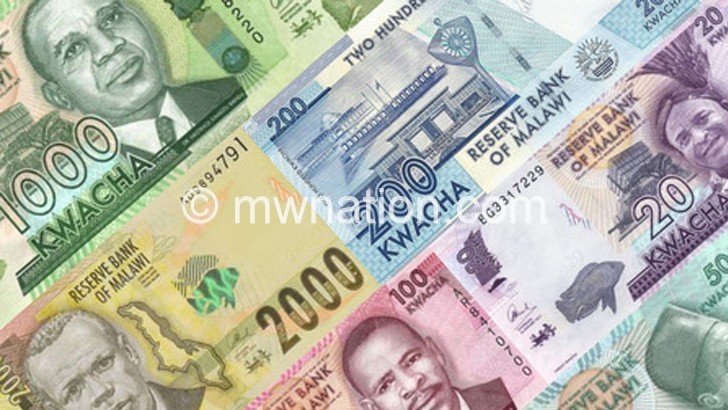New k5 000 note could Spell doom—analysts
Government’s plans to introduce a K5 000 banknote has not pleased some consumers and economic commentators, who argue that the move points to longer term macro economic downturn.
Minister of Finance, Economic Planning and Development Goodall Gondwe told Malawi News Agency on Monday that government plans to introduce a K5 000 bank note, to reduce printing costs.
This comes a year after introducing a K2 000 note.

The Reserve Bank of Malawi (RBM) has always argued that as per rule of thumb, the monetary policy requires that the highest note in circulation should store a stronger value.
In an interview yesterday, Consumers Association of Malawi (Cama) executive director John Kapito said the anticipated introduction of the note is an indication that the kwacha has lost value as evidenced by high cost of living.
He said: “The higher the note tells you how stinking our economy is becoming. This is something authorities need to be careful about because it can also trigger inflation and this is something they need to do wisely.
“We have seen countries where high notes were introduced such as Zimbabwe and the repercussions they have had. There are a lot of areas we could have managed the current situation, but not introduction of new note.”
Catholic University dean of social sicences Gilbert Kachamba said the news is surprising as it is coming a year after the introduction of K2 000 note and when the indicators are showing the economy is stablising.
“There is no justification to introduce a higher currency denomination and the reasons the minister gave does not suffice. To say we are the only country in the region with small currency denomination does not suffice, and to say that we are carrying money in bulk when going shopping is not true,” he said.
However, Economics Association of Malawi (Ecama) president Henry Kachaje said the K5 000 bank note was long overdue, considering how much the kwacha has devalued over the past years and is in line with international parameters which benchmarks the largest note to be close to a $5 (K3 670) value.
Kachaje said since the note might be introduced at a time the country is experiencing single digit inflation, the likelihood of the note fuelling inflation is minimal as the macro-economic indicators already point to economic stability.
Former RBM Governor Perks Ligoya, while downplaying fears that introducing a bigger note is inflationary, urged authorities to exercise caution on security features as high denominations are prey for counterfeits.
RBM spokesperson Mbane Ngwira said he would get back to Business News on the finer details on the issue.
In 1971, banknotes dated 1964 were introduced in denominations of 50 tambala, K1, K2 and K10.
The K5 note was introduced in 1973 when the K2 note was discontinued while the K20 note was introduced in 1983 and the 50 tambala note was last issued in 1986, with the last K1 note printed in 1992.
In 1993, K50 note was introduced, followed by K100 in 1993, K200 in 1995, K500 in 2001 and K2 000 in November 2016 to ease desperate cash shortages. n





